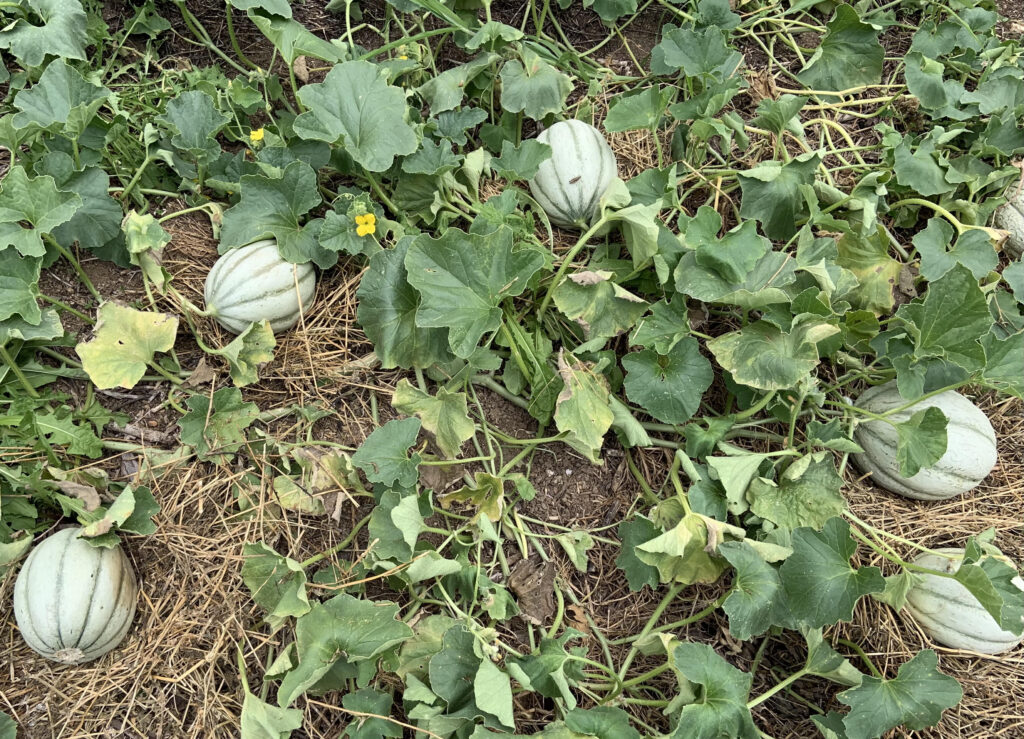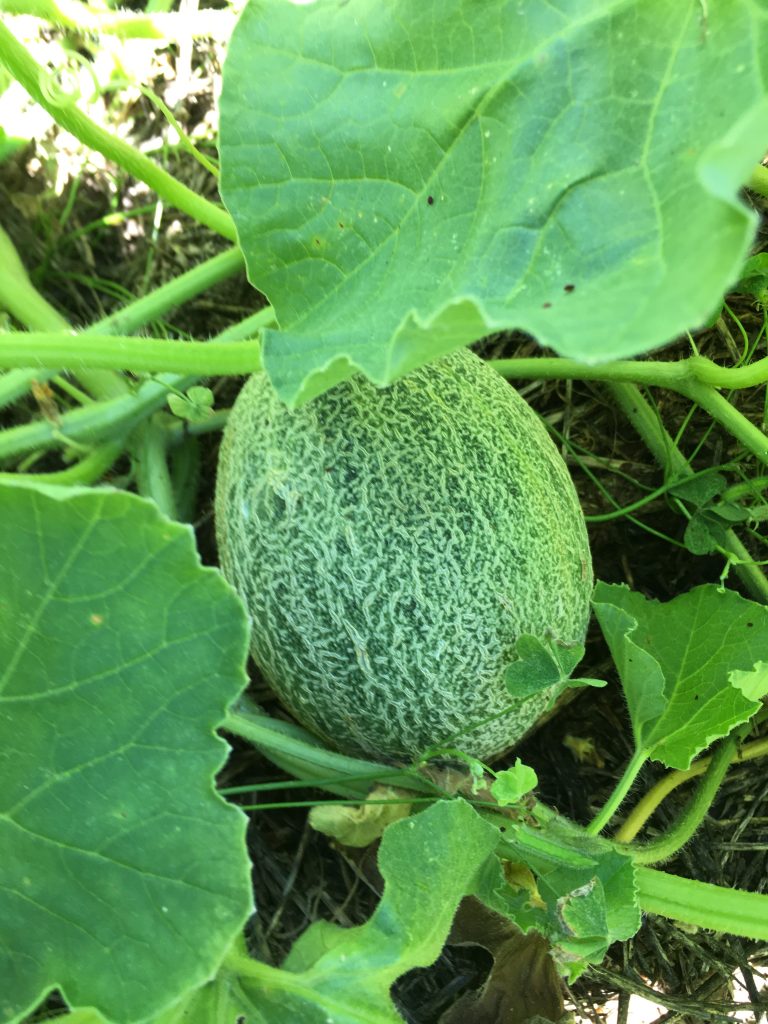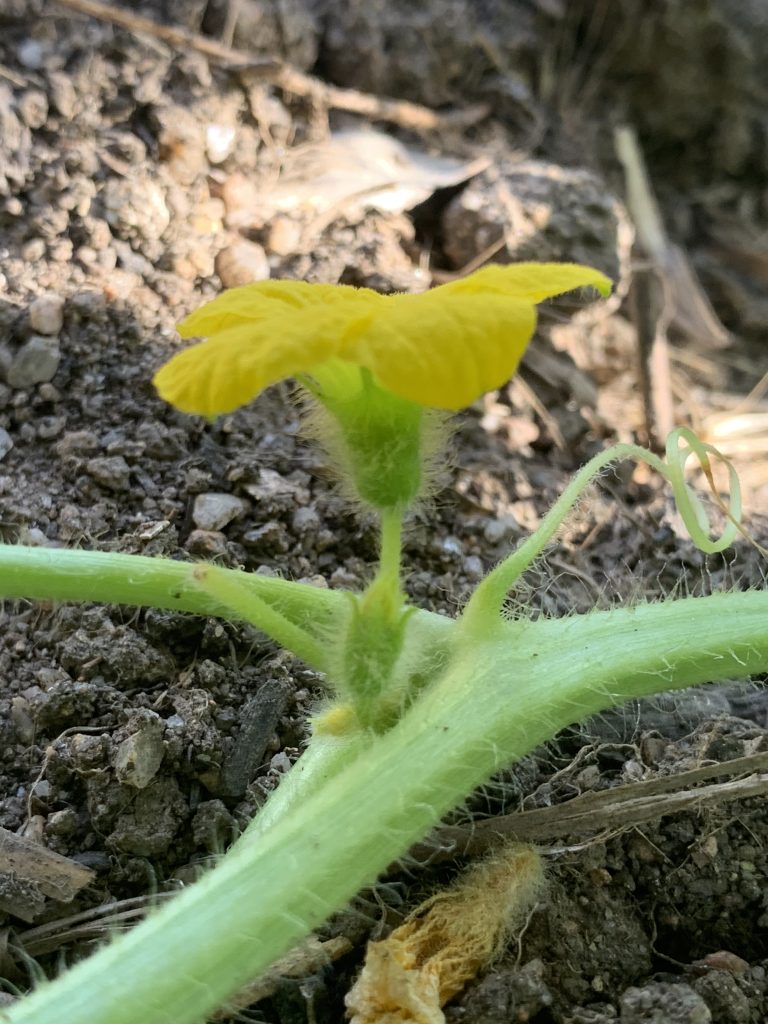Botanical name : Cucumis melo
Common name : Honeydew Melon, Rockmelon, Armenian cucumber
Intermediate difficulty for seed savers
Lifecycle: Annual
Pollination: Cross-pollinated by insect
Mating system: Monoecious. Separate flowers produce and accept pollen. Both types of flowers occur on the one plant.
Suggested spacing: Same as for eating production
Seed specific requirements: None
Isolation distance: 250 metres
Population size: 5 to 10 plants
Seed maturity: Seed is mature at the stage the fruit is normally eaten, with the exception of the Armenian cucumber varieties which can be eaten at an immature point
Processing method: Seed can be simply washed and dried
Expected seed viability: 5 years
Images



Growing for seed
Rockmelons and honeydew melons are grown in exactly the same way as they are for eating production with the exception that they must be kept isolated from other melon varieties to ensure that the seed will produce fruit that is true-to-type.
If an appropriate isolation distance cannot be maintained, then hand pollination techniques can be used to ensure that fruit is pollinated by pollen from the same variety.
Selection
Flavour is one of the main selection criteria. Luckily this can be easily assessed when removing the seeds from the fruit.
Harvest
Luscious, aromatic fruit that is ready to eat contains mature seed.
Processing
Melon seed can be easily rinsed in a colander to remove any excess material and sticky juice. Seed needs to be well dried by spreading out either on a screen or a cloth.
Contributors
Liz Worth, Nellie Pryke
